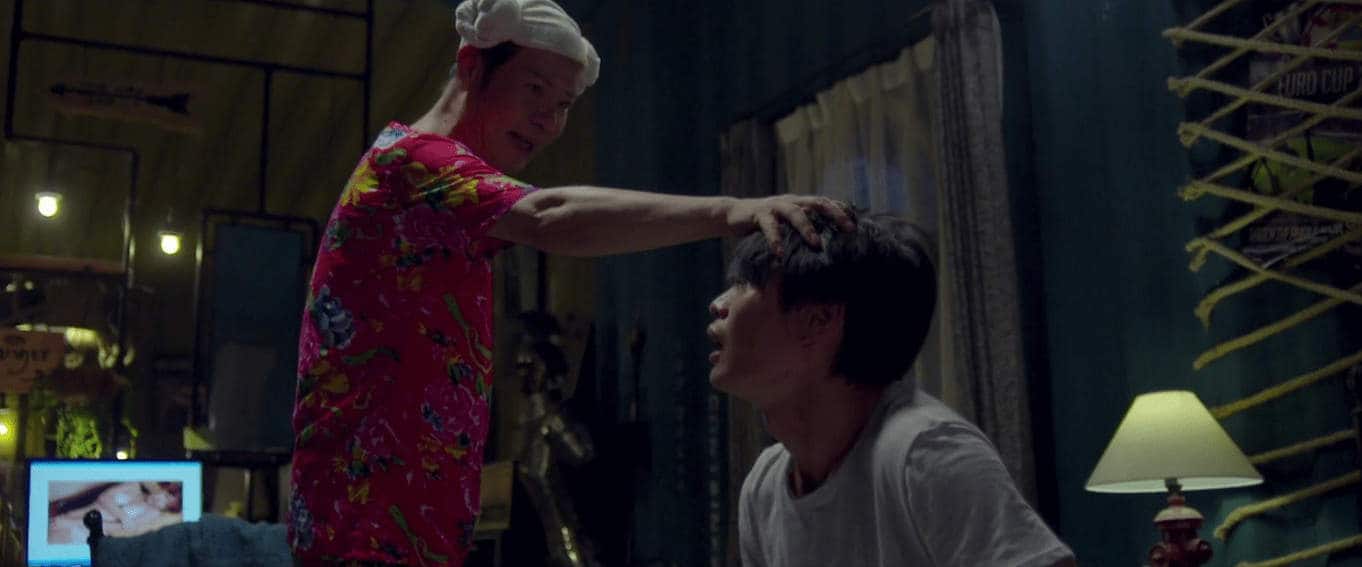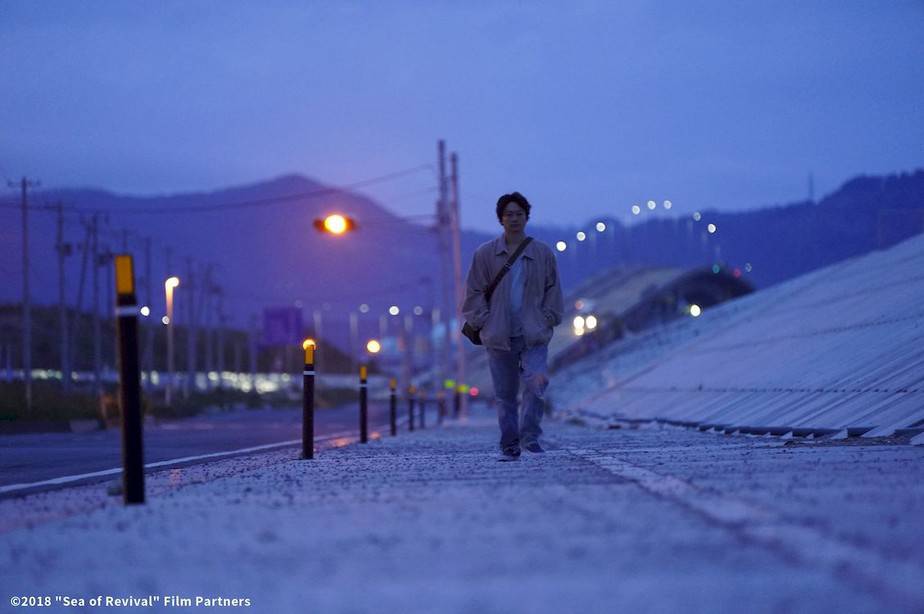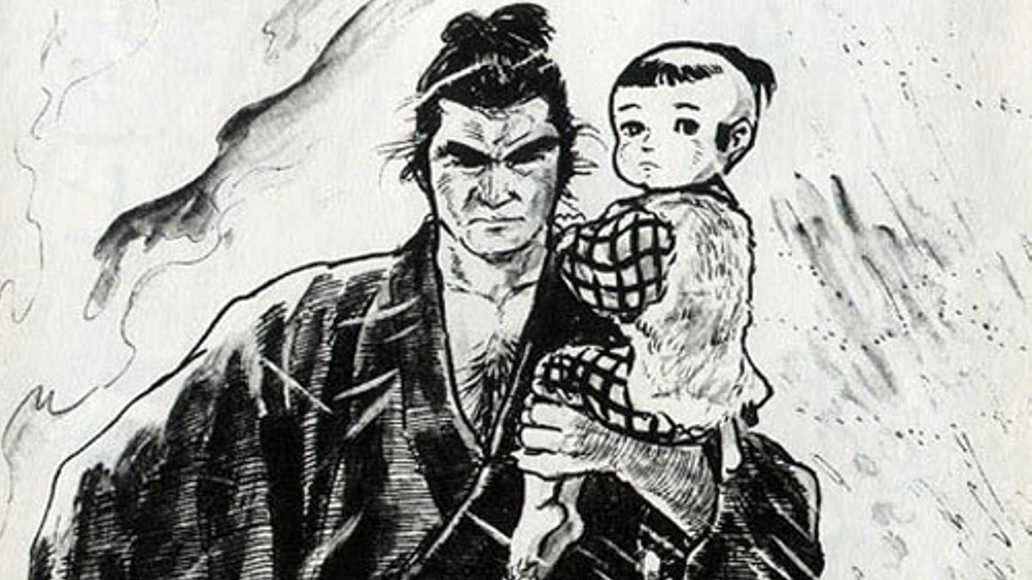“Mother Land” is a Korean Academy of Film Arts (KAFA) project that marks the feature debut of director Park Jae-beom, and is also the first first South Korean stop-motion feature film since Gang Tae-ung's “Kongjui & Patchui” was released in 1978.
Mother Land is screening at Fantasia International Film Festival

The Yates people are a nomadic tribe that live in the Siberian Tundra, adhering to a hard, but traditional and rather respectful to nature lifestyle, despite the powers of change that seem to come from all over the place, and particularly Russia. Little girl Krisha, her even younger brother Kolya, and their father and mother live in harmony in the particular fashion. Trouble starts, however, when the mother is involved in an accident and is injured, and even more, when forceful Russian military officer Vladimir and his surly subordinate Bazak, a Yate hunter at odds with his own people, appear, stating that they want to kill the King of the Tundra, a legendary animal that also functions as the Guardian of the area. As her mother's situation deteriorates, Krisha and her father ask advice from the local shaman, who urges the girl to follow the North Star to the Ancient Forest and find its guardian and master, the great red bear of legend which has haunted Krisha with visions, the same one that the Russians want to kill.
The influence of Miyazaki is quite evident in Park Jae-beom's work, through both the main character(s) and the majority of the main concepts, with the animal guardian, the outside force that wants to exploit nature while destroying it, and the fact that the family's life is threatened essentially by the same source. The trip Krisha undergoes fits the episodic nature of narrative so frequently met in Korean cinema, while adding a dual element, of both road trip and coming-of-age for the protagonist, thus giving opportunities aplenty for adventure and drama.
In terms of direction, Park takes full advantage of all the aforementioned in order to present an interesting story, with the concept of the villainous grown ups using technology (a tank essentially) to fight against children and animals being excellently presented, offering entertainment aplenty. At the same time, though, and considering all the aforementioned, the animation feels quite generic and definitely familiar after a point, despite the fact that at 69 minutes, it definitely does not overextend its welcome. There is nothing wrong with this approach, and the movie is bound to find a lot of success among younger ages, but at the same time, there is nothing groundbreaking either.
On the other hand, the exact opposite applies to the artform. The quality of the stop motion by Lee Yun-ji is exquisite in every single aspect. The doll-like characters in particular are a wonder to watch, both in terms of movement and drawing, with the animators and character designers doing an excellent job, additionally retaining a sense of realism even in the most imaginative moments. Furthermore, the presentation of the various and particularly of the guardian is truly memorable, while the depiction of the snowed settings (glaciers, snowfields, the aurora) and the somewhat milder in the forests being awe-inspiring.
As such, and despite the mild issues with the story, “Mother Land” emerges as a rather interesting animation that will draw in a younger audience with its story and more mature with its artform.















